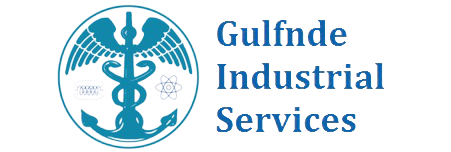MTBF, or Mean Time Between Failures, is a key performance indicator (KPI) that measures the average time between failures of a piece of equipment or a system. It is an important metric used in maintenance management to assess the reliability and availability of equipment and identify areas for improvement.
MTBF
is calculated by dividing the total operating time of a piece of equipment by
the number of failures that occur during that time. This gives an average time
between failures for a given period. The goal of any maintenance program is to
increase MTBF and improve the reliability and availability of equipment.
There
are several factors that can impact MTBF, including the quality of equipment,
the operating environment, the frequency and type of maintenance performed, and
the skill level of maintenance personnel. By tracking MTBF over time,
maintenance managers can identify patterns and trends and make data-driven decisions
to improve maintenance processes and increase equipment reliability.
One
way to improve MTBF is to implement a proactive maintenance program that
includes regular inspections, preventive maintenance, and predictive
maintenance. By identifying and addressing potential issues before they lead to
equipment failures, maintenance teams can increase equipment reliability and
reduce downtime.
Another
way to improve MTBF is to invest in high-quality equipment that is designed for
reliability and easy maintenance. Choosing equipment with a reputation for
reliability and durability can reduce the frequency of equipment failures and
increase MTBF.
Regular
maintenance is also critical to increasing MTBF. Performing routine inspections
and preventive maintenance can identify potential issues before they lead to
equipment failures, and address them proactively. Implementing a preventive
maintenance program can also help extend the lifespan of equipment and increase
MTBF.
Finally,
investing in training and development for maintenance personnel can help
improve the skill level of maintenance teams and increase their ability to
diagnose and address equipment issues quickly and effectively. Skilled
maintenance personnel can identify potential issues early, reducing the time it
takes to address them and minimizing downtime.
In
conclusion, MTBF is a critical KPI that measures the average time between
equipment failures. By tracking MTBF and identifying areas for improvement,
maintenance managers can implement proactive maintenance programs, invest in
high-quality equipment, perform regular maintenance, and invest in training and
development for maintenance personnel. By focusing on increasing MTBF,
organizations can improve equipment reliability, reduce downtime, and improve
their bottom line.


